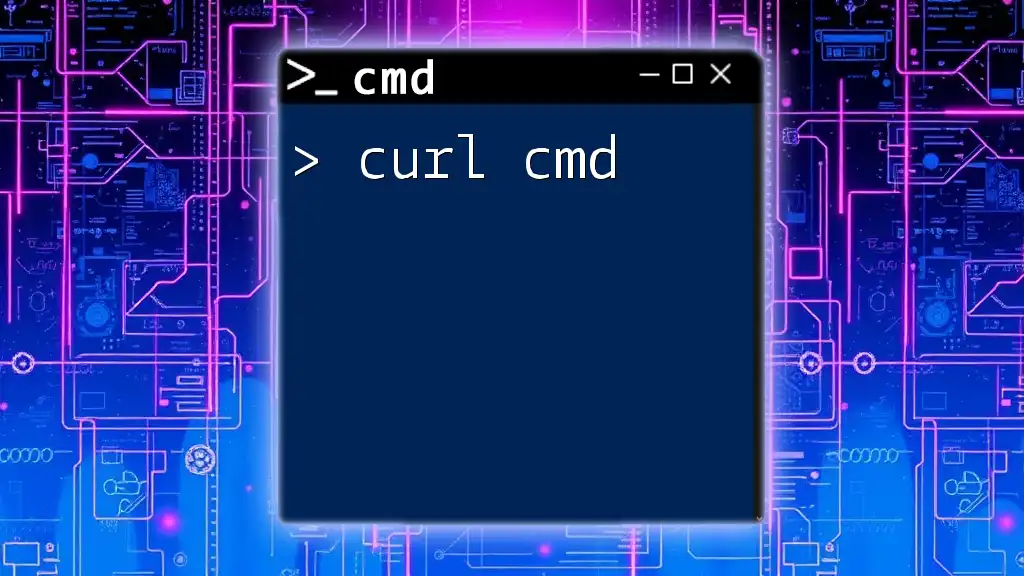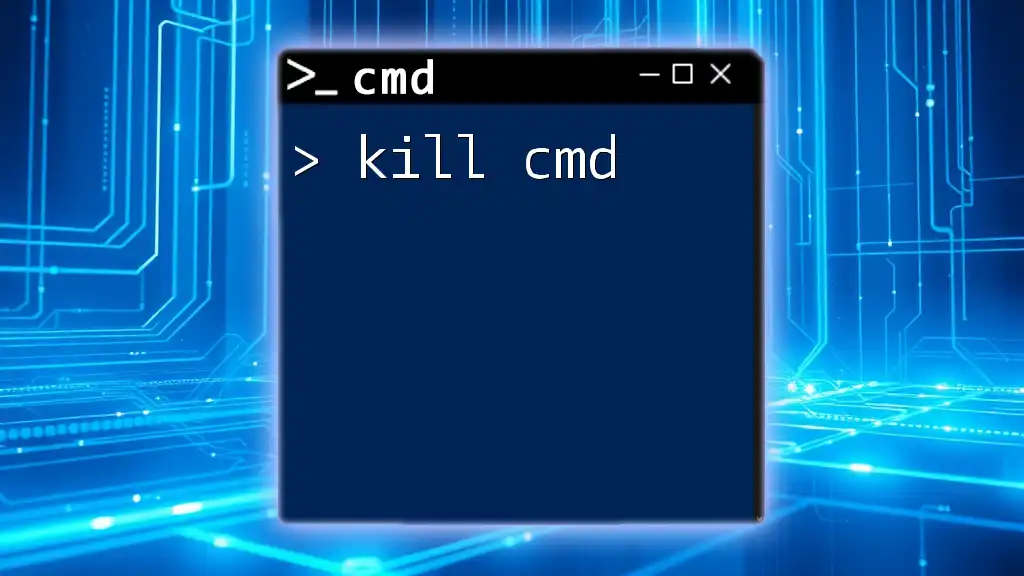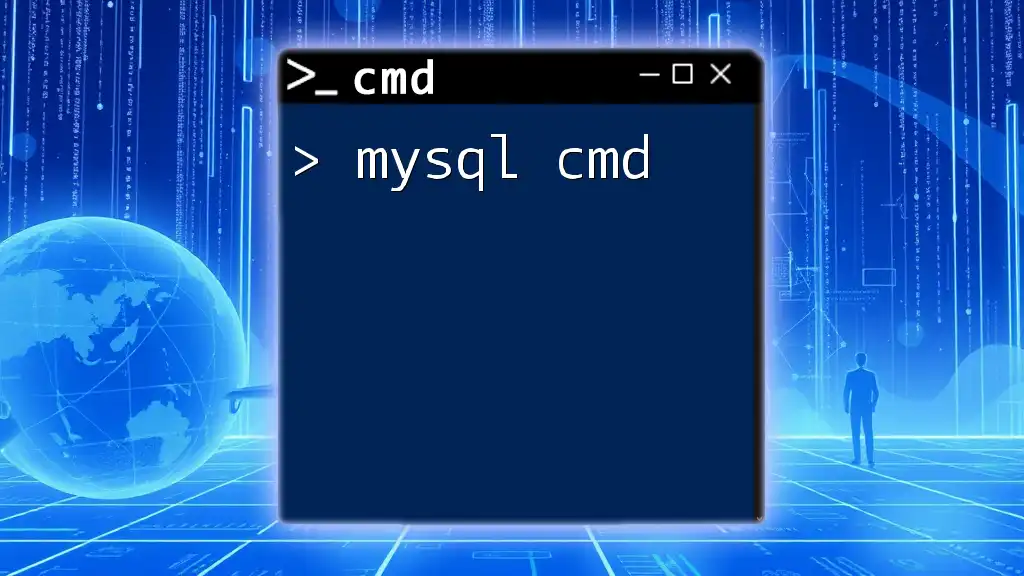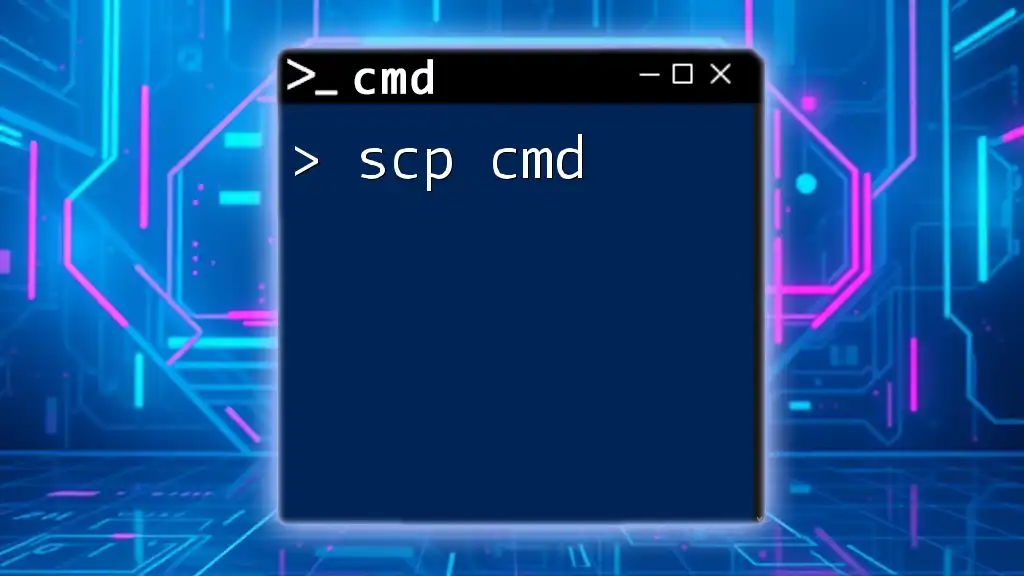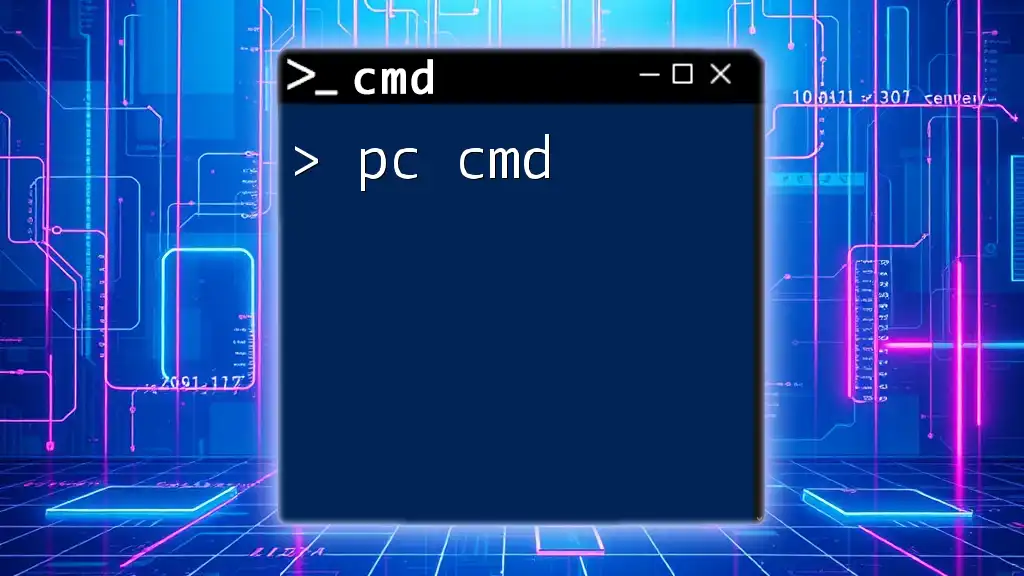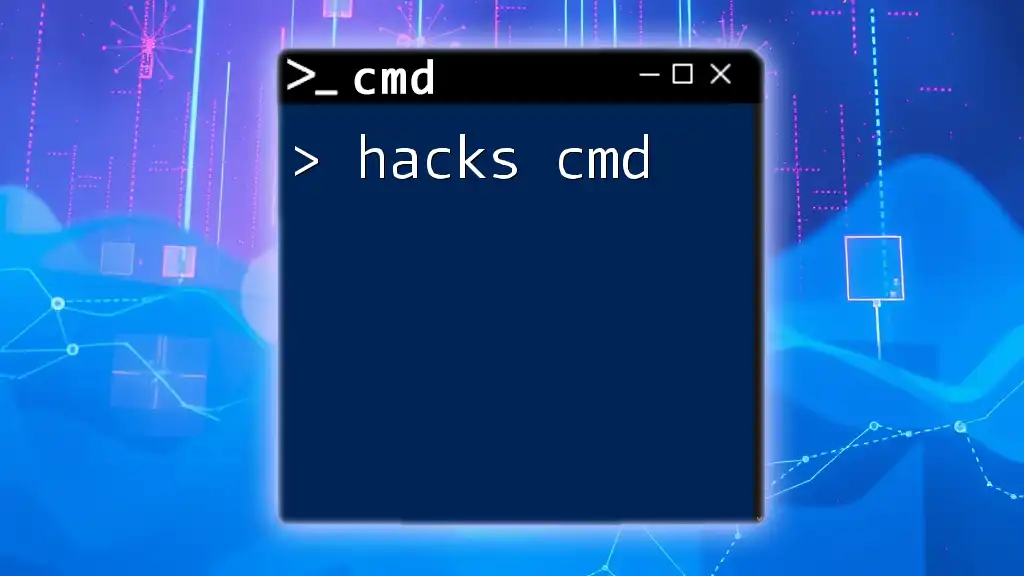The `curl` command is a powerful tool used in the command line to transfer data from or to a server, utilizing various protocols such as HTTP, FTP, and more.
curl -X GET https://api.example.com/data
Introduction to `curl`
What is `curl`?
`curl` is a robust command-line tool used for transferring data between a client and a server using various protocols, including HTTP, HTTPS, FTP, and more. Its design allows users to easily interact with web services, access URLs, and test APIs, making it an essential tool in the developer's toolkit.
Use Cases for `curl`
With `curl`, you can perform various tasks, including:
- Downloading files: Grab files from the internet with simple commands.
- Interacting with APIs: Make requests to web services and handle data exchanges.
- Testing server responses: Check how servers respond to different requests.

Getting Started with `curl`
Installation of `curl`
Before diving into `curl` commands, you'll need to have it installed on your system.
-
Installing on Windows:
You can use package managers like:- Windows Package Manager (winget):
winget install curl - Scoop:
scoop install curl
- Windows Package Manager (winget):
-
Installing on Linux:
Depending on your distribution, you can use:- APT (Debian/Ubuntu):
sudo apt install curl - YUM (CentOS/RHEL):
sudo yum install curl
- APT (Debian/Ubuntu):
-
Installing on macOS:
The easiest way to install `curl` is through Homebrew:brew install curl
Basic Usage Syntax
Once you have `curl` installed, you can start using it. The general syntax is:
curl [options] [URL]
For example, to fetch a webpage, you can simply type:
curl https://www.example.com
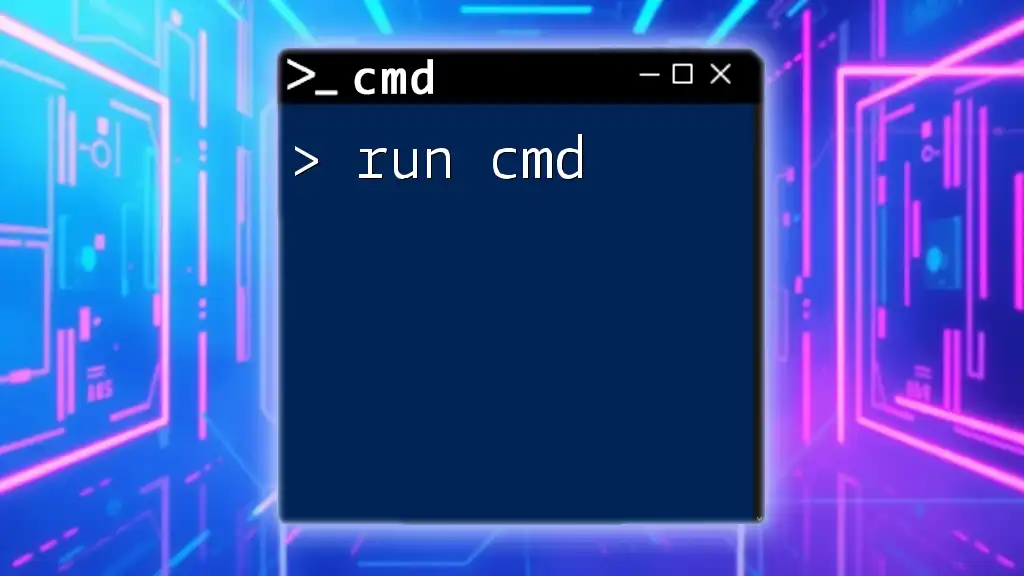
Fundamental `curl` Commands
Making a Basic HTTP Request
To make a basic HTTP request, you can use the command without any options. This will return the content of the specified URL:
curl https://www.example.com
Upon running this command, you not only get the HTML content of the page but also any other request-specific information, such as headers.
Downloading Files
`curl` can also be used to download files directly from the internet. By using the `-O` option, `curl` saves the file with the same name as specified in the URL:
curl -O https://www.example.com/image.jpg
Alternatively, if you want to specify a different filename when saving, you can use the `-o` option followed by the desired filename:
curl -o my-image.jpg https://www.example.com/image.jpg
Using `curl` with HTTPS
HTTPS ensures secure communication over computer networks. To perform a secure request and view headers, you can use:
curl -I https://www.example.com
The `-I` option fetches only the HTTP headers from the server, which can be helpful for debugging or checking server configurations.

Advanced `curl` Features
Working with APIs
`curl` shines when working with APIs. You can send various types of HTTP requests, including POST requests for data submission. For example, if you want to send JSON data to a web API, you can do so with:
curl -X POST https://api.example.com/data -H "Content-Type: application/json" -d '{"key":"value"}'
In this command:
- The `-X POST` option specifies that the request is a POST request.
- The `-H` option adds a header to indicate the content type.
- The `-d` option allows you to include data in the request body.
Custom Request Headers
Sometimes, you may need to send custom headers, such as authentication tokens. You can do this by using the `-H` option:
curl -H "Authorization: Bearer your_token" https://api.example.com/protected
By including the Authorization header, you can access protected resources on the server.
Handling Redirects
When a URL has been moved, the server sends a redirect response. To automatically follow redirects using `curl`, you can use the `-L` option:
curl -L http://example.com
This command will follow the redirect and display the final destination content.
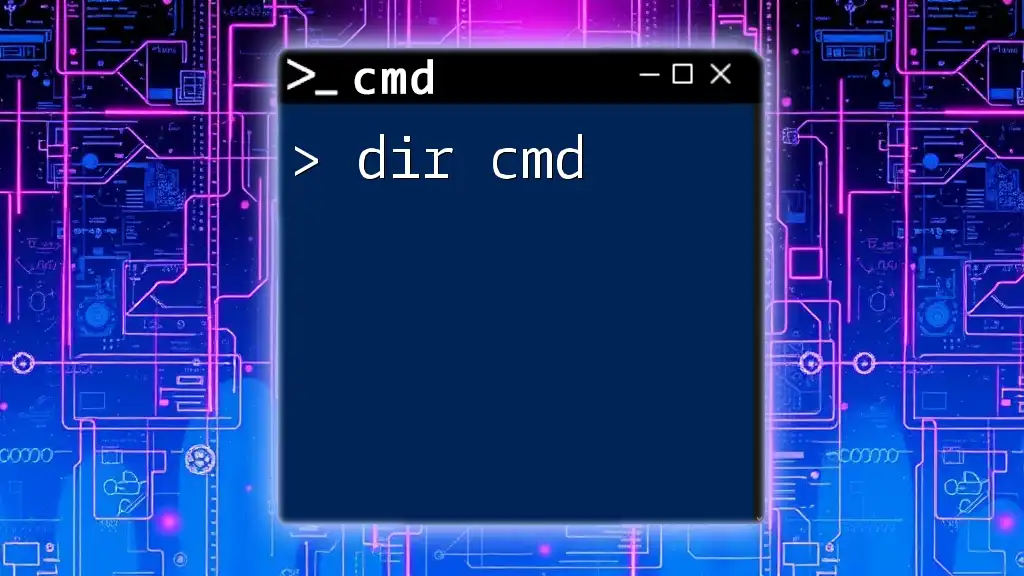
Troubleshooting with `curl`
Common Errors and Solutions
`curl` is helpful not only for making requests but also for understanding server responses. Pay attention to the HTTP status codes you receive:
- 404 Not Found: This means the resource does not exist at that URL.
- 500 Internal Server Error: A server-side error has occurred.
To troubleshoot effectively, use the verbose mode:
curl -v https://www.example.com
The `-v` option provides detailed debugging output, including headers sent and received.
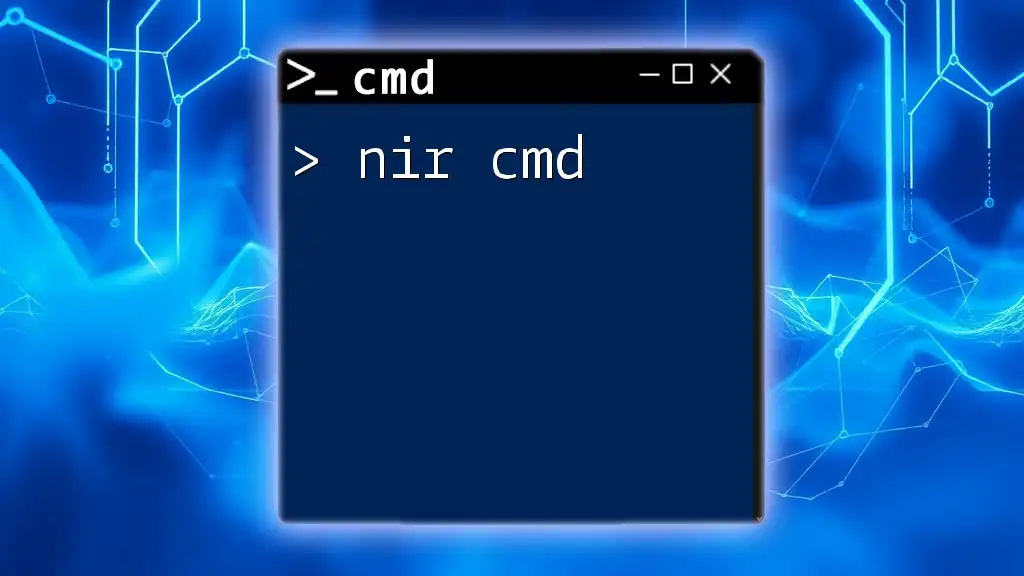
Conclusion
The `curl` command is a versatile tool that offers users significant power for interacting with web services, downloading files, and testing server behavior. Its wide array of features, from basic requests to complex data submissions, makes it invaluable for developers and system administrators alike. Engaging with `curl` through hands-on practice will enhance your ability to manage data transfer and API integration effectively. For further exploration, the [official `curl` documentation](https://curl.se/docs/) offers comprehensive insights and examples.

